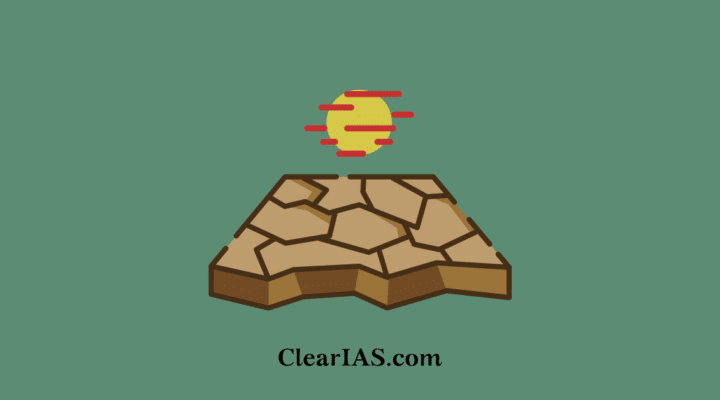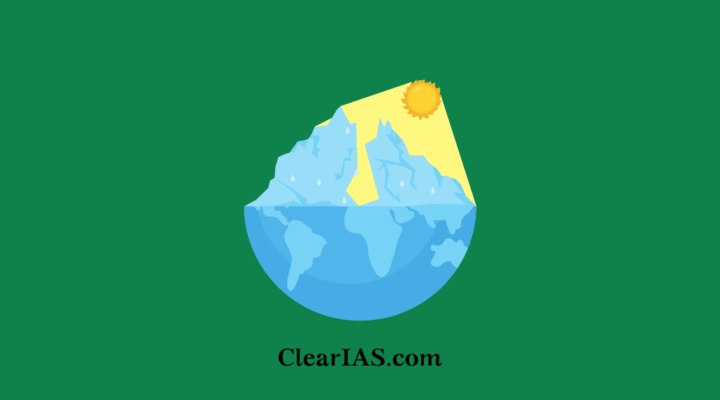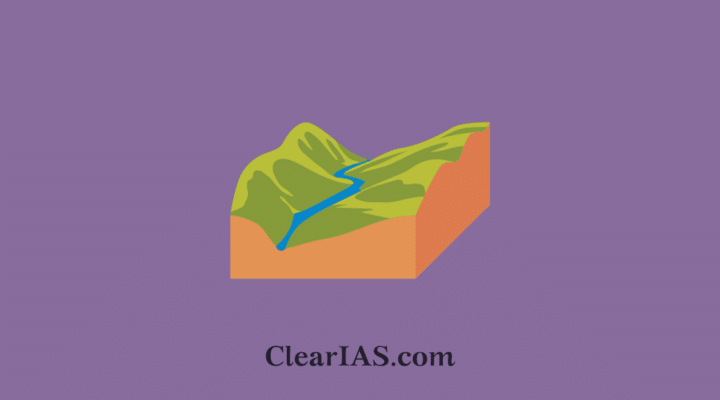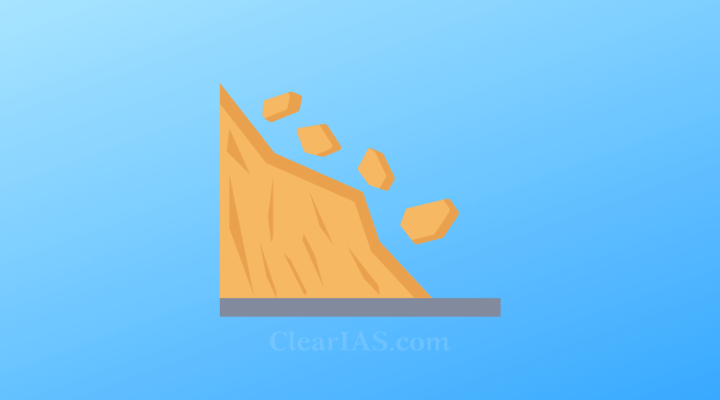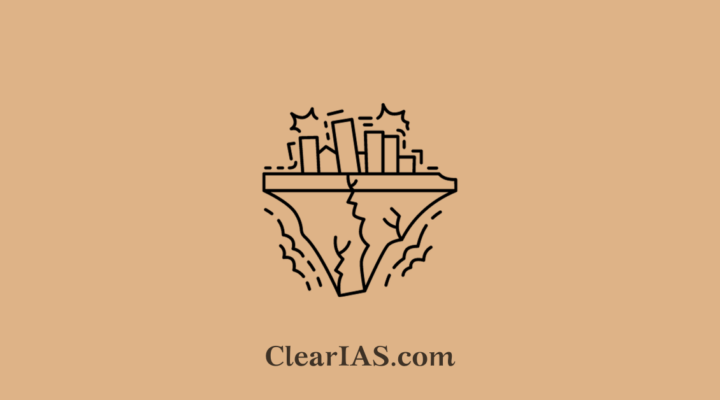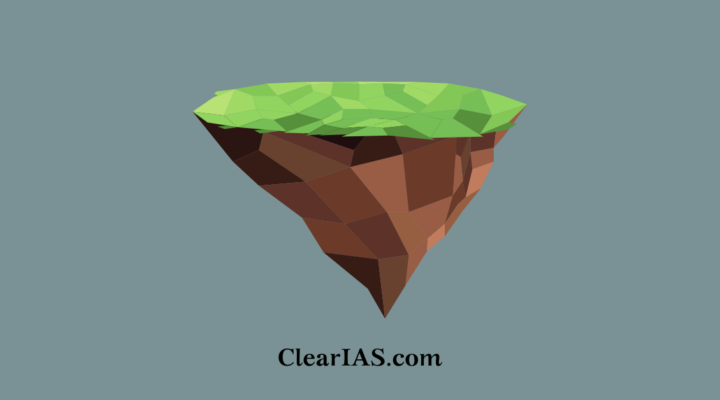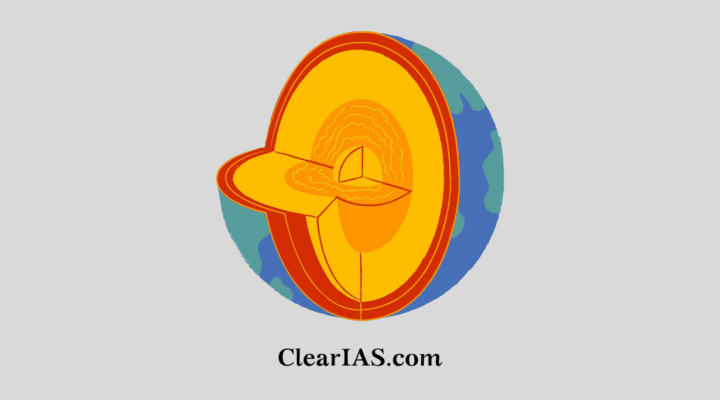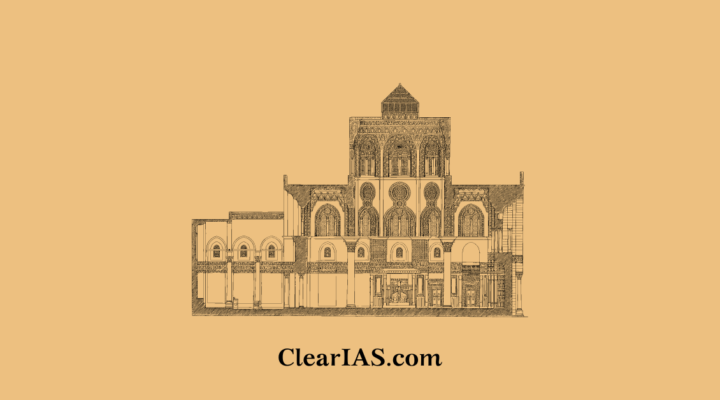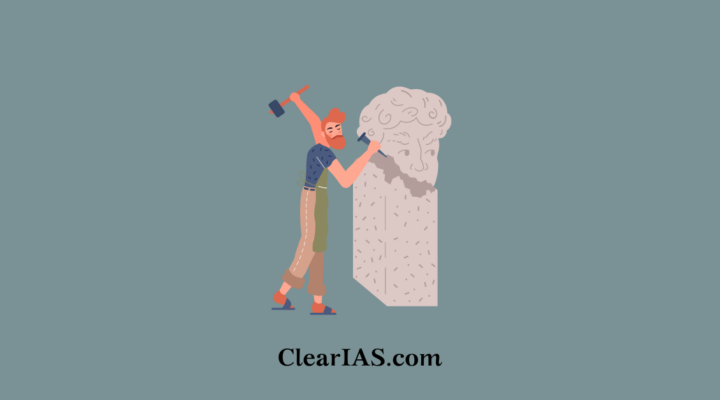In the previous articles, we have been discussing various exogenic geomorphic agents like water (running water and groundwater) and glaciers. We have seen the evolution of landforms due to these agents. In this post, we discuss in detail how the wind and the waves cause the evolution of various … [Read more...] about Erosion and Deposition: Action of Wind and Waves
UPSC Mains General Studies Paper 1 (GS1)
Erosion and Deposition: Action of Glaciers
In the previous article, we were discussing the evolution of landforms due to the activities of running water and groundwater. This article deals with the evolution of landforms due to another exogenic geomorphic agent - glaciers. What is a Glacier? Glaciers are a mass of ice moving under its … [Read more...] about Erosion and Deposition: Action of Glaciers
Erosion and Deposition: Action of Running Water and Groundwater
Erosion and deposition by running water are fundamental geological processes that shape the Earth's surface. These processes are primarily driven by the movement of water, typically through rivers, streams, and other water bodies. Read here to learn about the erosional landforms by running water and … [Read more...] about Erosion and Deposition: Action of Running Water and Groundwater
Exogenic Forces: Classification
What are exogenic forces? How are exogenic forces classified? We have been discussing geomorphic processes in our previous notes in the Geography section. We have already seen that geomorphic processes are classified into endogenic processes and exogenic processes. As endogenic processes … [Read more...] about Exogenic Forces: Classification
Earthquakes: Everything you need to know
Earthquakes are a natural phenomenon that occurs when there is a sudden release of energy in the Earth's crust, resulting in the shaking or trembling of the ground. These events are caused by the movement of the Earth's tectonic plates and are a common geological occurrence. Read here to learn … [Read more...] about Earthquakes: Everything you need to know
Endogenic Forces and Evolution of Land forms
We have already seen that Geomorphic processes can create land forms. We also know that endogenic forces (internal) and exogenic forces (external) are the two main types of geomorphic processes which results in earth movements. In this post, let's study endogenic forces in detail. Endogenic Forces … [Read more...] about Endogenic Forces and Evolution of Land forms
Geomorphic Processes and Earth Movements
Geomorphic processes are natural mechanisms that shape and alter the Earth's surface over time, forming various landforms such as mountains, valleys, plains, and plateaus. These processes are driven by forces originating within the Earth (endogenic processes) or from external sources (exogenic … [Read more...] about Geomorphic Processes and Earth Movements
UPSC Mains 2015 GS1 Question Paper
Instructions: Answer the following questions in not more than 200 words each. Contents of the answers are more important than their length. All questions carry equal marks. Note: Each question carries 12.5 Marks (12.5×20 = 200 Marks ) The ancient civilization in Indian sub continent differed … [Read more...] about UPSC Mains 2015 GS1 Question Paper
Indo-Islamic Architecture (Indian Culture Series – NCERT)
In this article, we discuss the Indo-Islamic architecture, which is also known as Indo-Saracenic architecture. This is the last chapter (8th) of the NCERT textbook 'An Introduction to Indian Art' - Part 1. This post finishes our task of covering the highlights of the book in an exam-friendly … [Read more...] about Indo-Islamic Architecture (Indian Culture Series – NCERT)
Indian Bronze Sculpture (Indian Culture Series – NCERT)
In this article, we discuss the Indian Bronze Sculptures. The post deals with bronze casting techniques, bronze sculptures in North and South India, and some of the important examples of bronze sculptures like Nataraja. As you rightly guessed, this article is a part of the Indian Culture series … [Read more...] about Indian Bronze Sculpture (Indian Culture Series – NCERT)
